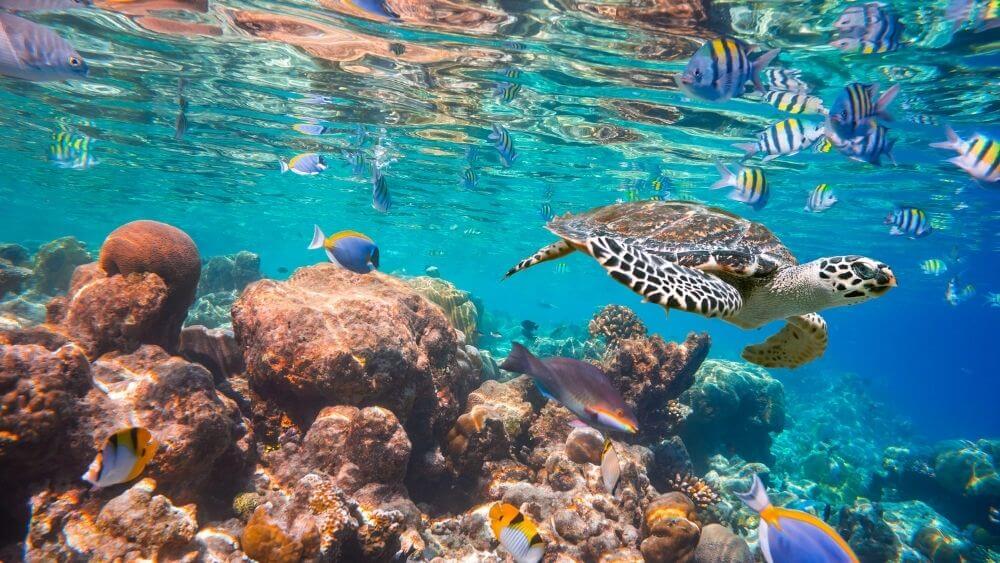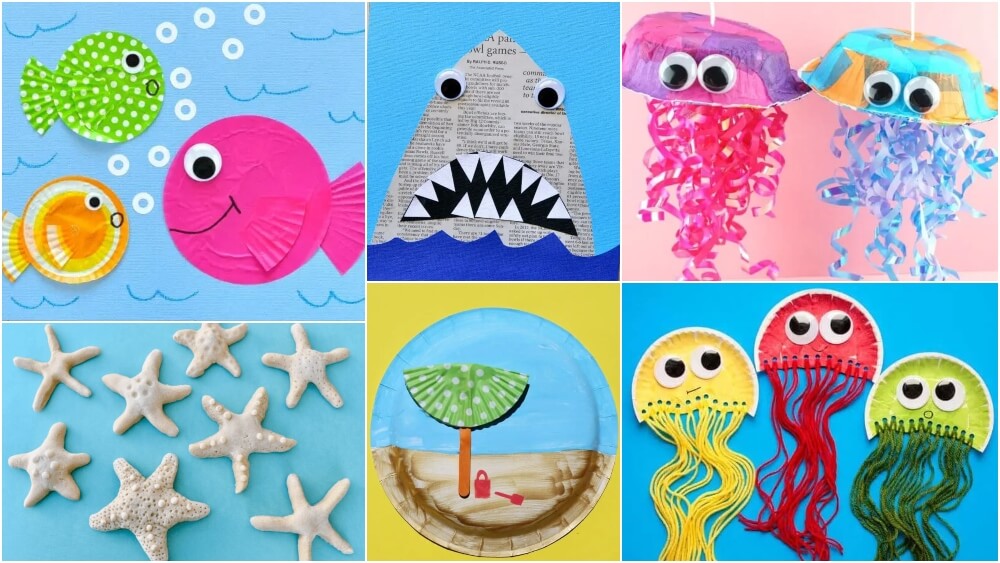How deep is the ocean?

“Water, water everywhere; but not a drop to drink”!
A most commonly used phrase for those deep dark ocean water. With nearly as much as three-fourth percentage of water in our planet Earth’ it would be interesting to note how deep actually the water might be.
Contents
Lets dive in !!
Depth Of The Ocean
Being extremely huge in all its dimensions, the ocean can be so deep that it hosts an near equal number of layers under it, as much as is there on land. The deepest part of the ocean is apporximately 7 miles (11 km) under water.
With this much depth, it surely means that the under the ocean there exists absolutely the same physical features such as on dry land. Indeed is it that just like on dry land, the ocean floor too consists of mountains and valleys.
The most deepest part under the ocean is called trenches. These spaces are as dark as one could imagine a tunnel under the dry land; since unlike the upward levels of the ocean sunlight does not penetrate easily.Hence there is scarce presence of any form of marine life here.
Levels Of The Ocean
There are 4 different levels of the ocean. Each has a specific categorisation, especially marked with its depth and distinction in the variety of life forms that exist in each respectively. These four zones under the ocean are as following.
1. Sunlit Sea
It is the top most level of the ocean. Here, the sunlight can easily penetrate for upto 650 ft (200 m) down into the clear, blue water. Abundant availability of food and sunlight makes it the most habitable space for a large number of sea life. Scuba divers too can safely in here, having a minimal depth of around 165 ft (50 m).
2. Murky Twilight
According to its name, this layer presents some amount of muddy contamination in the water, making it a littlle murky and full of clay. This next level goes down till about 3300 ft (1000m). Being mud filled, this space of water is a little darkish, and hence it is called the twilight zone. Fewer fishes and sea creatures live here, where the sea is darker and colder.
3. Dark Waters
The dark zone ranges from about 3,300–13,000 ft (1,000–4,000 m) in its depth. Only deep-sea fishes and animalscan survive in these cold waters, where there is less chance of finding food. Since sunlight scantily reaches to these levels, the temperatures drop down abnormally in these zones, making it extremely difficult for some of the marine life forms to survive.
4. Deepest Depths
This is the zone which appears like one of the most secretive and unknown places ever. Little is known about this space which stretch down to almost 36,000 ft (11,000 m).
With so many modern advancements in science and technologies occuring in the present time, however these are the zones that
Fun Facts
- The cusk eel is the world’s deepest living fish, surviving at 26,000 ft (8,000 m) below the surface of the ocean.
- A unique feature in some oceans, there is a possibility that the water gets heated by some hot rocks which spring out of the sea bed through large cracks in the Earth’s crust. Grains of minerals emitted this way make it look like smoke. These then pile up and quickly harden into chimney like towers up to 200 ft (60 m) high. We have just begun to explore for signs of life.
Related questions
- What is the sea floor? Is it ever reachable?
- What is the most endangered species of marine plants and animals?
- What are the different types of minerals and other precious materials and stones derived from the ocean?
Fill in the Blanks
- There are upto ___ levels of the ocean.
- Average depth of an ocean is about ______ kilometres.
- ________ is known as the deepest part of the ocean.
- Sunlight abundantly reaches the ________ level of the ocean.
- Temperature of the ocean ________ with each successive level under the ocean.
True Or False
- Many marine organisms can survive in the deepest depths of the ocean: ________
- Scuba divers can dive safely in the topmost/ sunlit zone of the sea: _______
- Deepest areas of the ocean is no more unknown to the world at large: ________
- Murky twilight level of the ocean is muddy and unclear: ________
- Mineral chimneys that are formed on the sea bed occurs because of earthquakes: ______






Responses